Photo






Chinese architecture of Ming dynasty by 遗产君
3K notes
·
View notes
Photo






Daria Strokous for VOGUE CHINA, October 2012. By Daniel Jackson
Style: Tiina Laakkonen Hair: Yannick D'Is Makeup: Hannah Murray Manicure: Rica Romain
25 notes
·
View notes
Photo

Phil Oh’s Best Street Style Photos From the Paris Fall 2018 Shows - Vogue
4 notes
·
View notes
Photo


Dress ca. 1814
From Historic Deerfield Museum
833 notes
·
View notes
Photo



Evening dress, 1840′s
From Historic Deerfield Museum
2K notes
·
View notes
Photo



Circuit board print kimono & obi by Japanese designer Gofukuyasan.
19K notes
·
View notes
Photo


18-year-old Japanese fashion student Megumi on the street in Shinjuku wearing an oversized vintage suit from Faith Tokyo with a Polo Ralph Lauren shirt and white Fila sneakers. Her keychain is vintage Harley Davidson. Full Look
2K notes
·
View notes
Photo

Happy Earth Day! Interior protects amazing natural landscapes at public lands across the country, sustains healthy habitat for fish and wildlife, and develops cutting-edge science to better understand the forces that shape the planet. From a family of kayakers at Everglades National Park in Florida to this majestic ground squirrel at Denali National Park in Alaska, we wish everyone and everything on our only home, a positive Earth Day. Photo by Tim Rains, National Park Service.
811 notes
·
View notes
Photo
Funny ㅋㅋㅋㅋㅋㅋ






Zoo sketches from last weekend
1K notes
·
View notes
Video
youtube
Craving some summer Sun? We’re inviting people around the world to submit their names to be placed on a microchip that will travel to the Sun aboard Parker Solar Probe!
Launching summer 2018, Parker Solar Probe will be our first mission to “touch” a star. The spacecraft - about the size of a small car - will travel right through the Sun’s atmosphere, facing brutal temperatures and radiation as it traces how energy and heat move through the solar corona and explores what accelerates the solar wind and solar energetic particles.
Send your name along for the ride at go.nasa.gov/HotTicket! Submissions will be accepted through April 27, 2018.
Make sure to follow us on Tumblr for your regular dose of space: http://nasa.tumblr.com.
1K notes
·
View notes
Photo










Japanese Fashion Brand GlamHate “VAMPYRE” Collection
The concept of GlamHate’s new “VAMPYRE” collection was inspired by designer Dice-K’s revelation that fashion trends spread through social media, turning people into vampires as they become infected with fashion inspiration from popular “influencers”. Those infected then spread that same trend/style to more vampires, and the process repeats again. To celebrate the release of the GlamHate “VAMPYRE” collection, Dice-K is holding a popup event in Tokyo’s Shibuya neighborhood. If you’re in Japan, please come out and meet the designer. If you aren’t in Japan, Dice-K is active on social media, and he has a website. He also speaks fluent English, so feel free to contact him directly! GlamHate Online Dice-K: Instagram & Twitter GlamHate: Instagram & Official Website GlamHate “VAMPYRE” Popup Event Dates: Apr 19, 2018 - April 22, 2018 Time: 13:00 - 22:00 Location: Shibuya Room_412 Address: 15-8 Sakuragaoka-cho, Takagi Building 4F, Shibuya-ku, Tokyo 150-0031 Also check our Interview with Japanese designer Dice-K on YouTube.
2K notes
·
View notes
Text
Легенда о крокодиле.
Крокодил-оборотень (новгородская легенда) В «Сказании о Словене и Русе» есть сказочный сюжет о крокодиле-оборотне, в которого превращался старший сын князя Словена — Волхов. Крокодил обитал в устье Волхова возле Перынского языческого капища и пожирал всех, кто ему не покорялся. Вот как звучит эта легенда: «Старший же сын этого князя Словена Волхов, бесоугодник и чародей, ненавидящий людей, с помощью бесовских ухищрений стал колдовать и принял тогда облик лютого зверя, крокодила, и залег он в той реке Волхов, перегородив путь водный, и непокорных себе стал пожирать, а других хватать и топить. Потому и люди, находившиеся тогда в язычестве, называли того, окаянного, богом, и “громом”, или “Перуном” его нарекли; по-белорусски “гром” значит “ Перун”. Построил тот окаянный чародей для ночных волхвований на собраниях бесовских маленький городок на одном месте, называемом Перыня, где стоял кумир Перуна. А неразумные рассказывают сказки об этом Волхве,так говоря: “Вместо бога сел, окаянного заменяя”.Наше же христианское истинное слово, проверенное неложным испытанием, свидетельствует об этом окаянном чародее-волхве, что он был жестоко побит и удавлен бесами в Волхове, и бесовскими чарами окаянными его тело было вынесено и выброшено на берег вверх по той реке Волхову, напротив того колдовского городка, что ныне зовется Перыня. И здесь с неразумными многими слезами погребен был окаянный, с великой тризной языческой, и могилу насыпали над ним очень высокую, как это принято у язычников. И по прошествии трех дней там, где совершалась тризна по этому окаянному, провалилась земля и поглотила мерзкое тело крокодила, и могила его стала на дне ада, и до сих пор, как говорят, есть следы этой ямы, ничем не заполняемой...» Можно только подивиться фантазии монаха-книжника, стремившегося таким образом отвратить православных от пережитков язычества. Кажется очевидным, что никакой реальной основы у этой легенды нет. Крокодилы на Руси никогда не водились, так как физиология этих пресмыкающихся не дает им ни малейшего шанса выжить в условиях русской зимы. Но поразительная вещь! В Псковской летописи читаем: «В лета 7090 (1582). Поставиша город земляной в Новегороде. Того же лета изыдоша крокодили лютии звери из реки и путь затвориша; людей много поедоша. И ужасошася людие и молиша Бога по всей земле. И паки спряташася, а иных избиша». Поскольку летописцы, как правило, придерживались фактов, можно предположить, что в 1582 году в реке Великой действительно появились крокодилы, нападавшие на людей! Одно из возможных объяснений этого феномена может выглядеть так. Новгородские и псковские купцы регулярно бывали на Ближнем Востоке, посещали берега Нила и неизменно поражались видом крокодилов. Вполне вероятно, что кто-то из купцов решил привезти несколько особей для домашних зоопарков, которые держали многие знатные люди, или для показа на ярмарках. Частные зоопарки не были редкостью, о чем, к примеру, свидетельствует недавняя находка на Рюриковом Городище в слоях XII века черепа обезьяны-макаки. Способ транспортировки был отработан многолетней практикой перевозки живых осетров в особых баржах с бортовыми отверстиями, в которые поступала речная вода. Во время перевозки крокодилы могли сбежать и стать причиной переполоха наших предков. А поскольку псковские летописи были хорошо знакомы новгородцам, эта запись породила легенду о крокодиле-оборотне. Цит. по изданию: Коваленко Г.М., Смирнов В.Г. Легенды и загадки земли Новгородской. - М.: Вече, 2007. - 352 с. : ил. (Тайны знаменитых городов)


0 notes
Photo

Donna Reed, 1944, photo by Laszlo Willinger
“Forty pictures I was in, and all I remember is ‘What kind of bra will you be wearing today, honey?’ That was always the area of big decision - from the neck to the navel.”
671 notes
·
View notes
Photo



An evolution of Salvatore Ferragamo’s original design, the Cage Heel and Flower Heel is modernized by Creative Director #PaulAndrew. #FerragamoSS18#Ferragamo #Fashion
28 notes
·
View notes
Text
The Life Cycle of a Plastic Bottle
We’ve all been told that we should recycle plastic bottles and containers. But what actually happens to the plastic if we just throw it away? Here are the life cycles of three different plastic bottles.
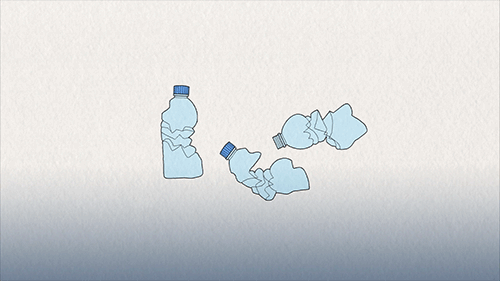
Bottle One, like hundreds of millions of tons of its plastic brethren, ends up in a landfill. This huge dump expands each day, as more trash moves in and continues to take up space.
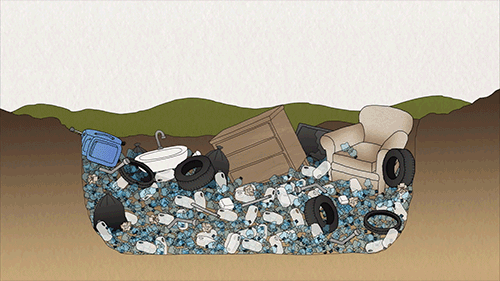
As plastics sit there being compressed, rainwater flows through the waste and absorbs the water soluble compounds it contains, and some of those are highly toxic. Together they create a harmful stew called “leachate”, which can move into groundwater, soil, and streams, poisoning ecosystems and harming wildlife. It can take Bottle One an agonizing 1,000 years to decompose.
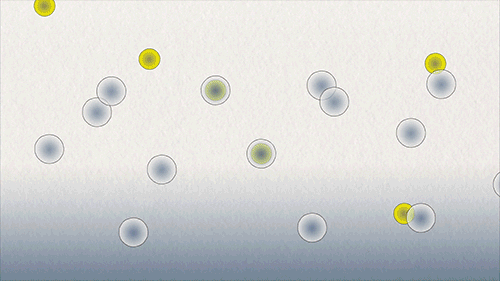
Bottle Two floats on a trickle that reaches a stream, a stream that flows into a river, and a river that reaches the ocean. After months lost at sea, it’s slowly drawn into a massive vortex, where trash accumulates - place known as “The Great Pacific Garbage Patch.” This is one of five plastic filled gyres in the worlds seas.
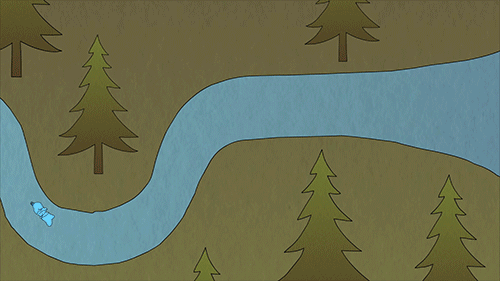
Some animals mistake the brightly colored plastic bits for food. Plastic makes them feel full when they’re not, so they starve to death, passing the toxins from the plastic up the food chain, eventually to us.
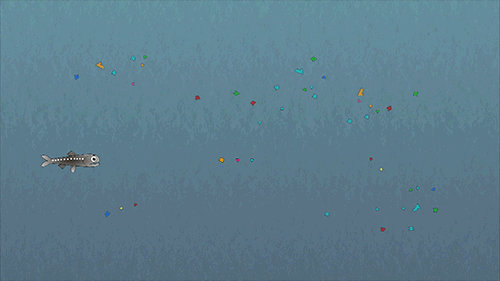
Bottle Three, on the other hand, is recycled. It’s taken away on a truck to a plant, where it and its companions are squeezed flat and compressed into a block. The blocks are shredded into tiny pieces, which are washed and melted, so they become the raw materials that can be used again. Bottle Three is ready to be reborn, as something new.
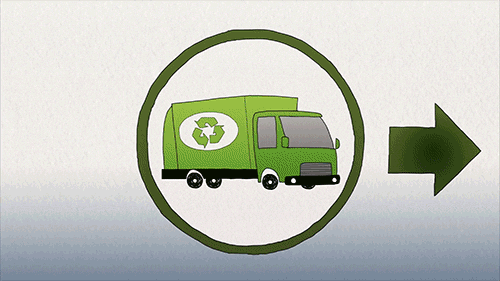
So, what can you do? First - reduce your use of plastic altogether! And when you do find yourself needing to buy a bottle, don’t forget to recycle it. You’ll be doing Planet Earth a great, big favor.
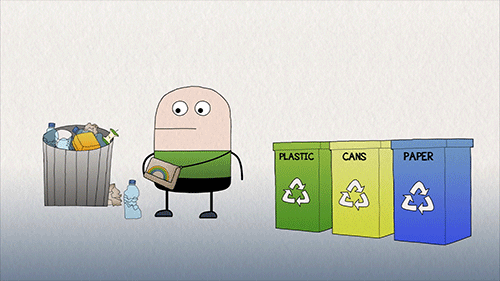
From the TED-Ed Lesson What really happens to the plastic you throw away - Emma Bryce
Animation by Sharon Colman Graham
4K notes
·
View notes










